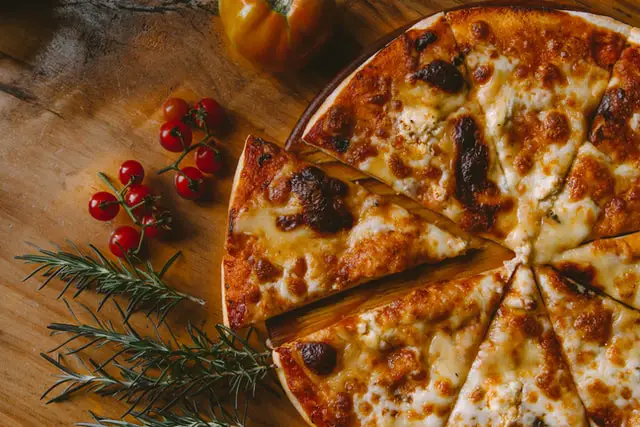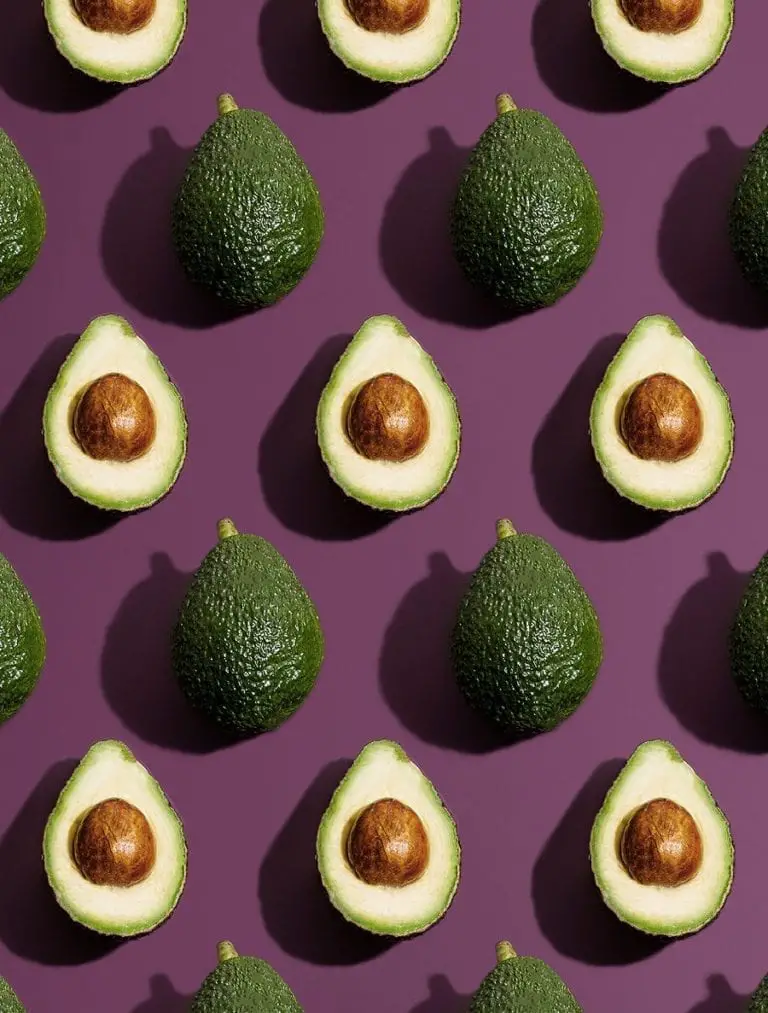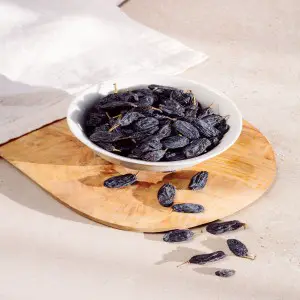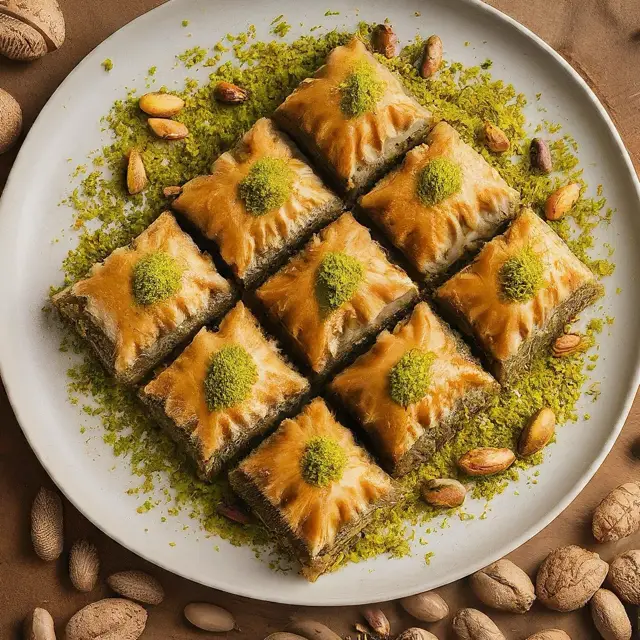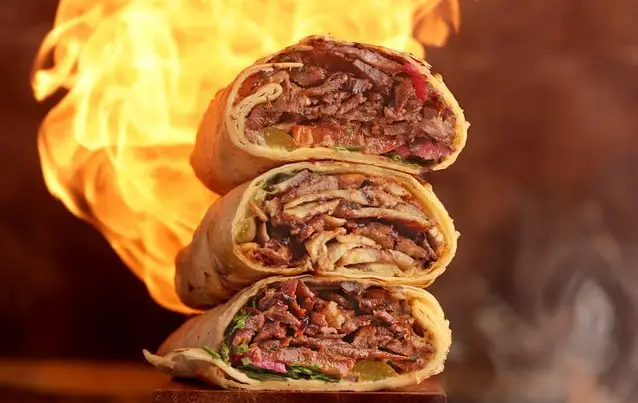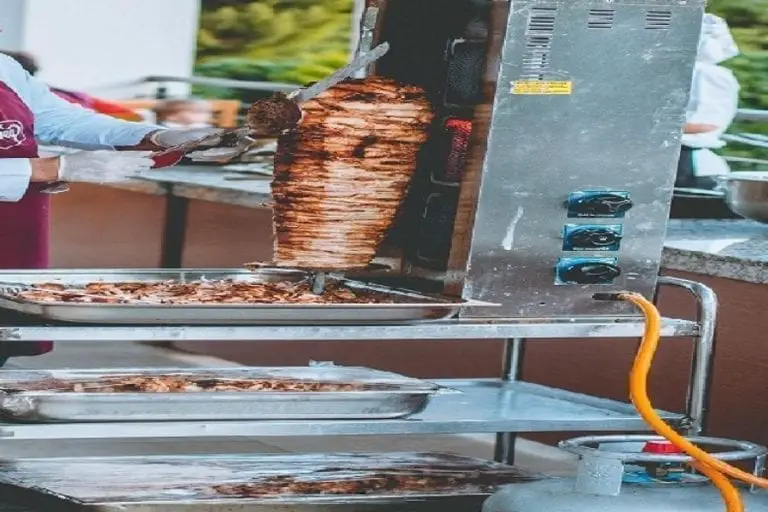Amazing post-workout meal: Pizza
According to a survey of 3,000 people by the health food store Musclefood.com, nearly 9 out of 10 fitness enthusiasts admitted to eating junk food with high caloric content, low protein, and vitamin. Only 13% of respondents said they maintained a healthy lifestyle.
Pizza is a beloved dish for both meat-lovers and vegetarians, which is the reason it’s so hard to let go of. The idea of eating pizza after exercise might not be the ideal choice when you’re tempted to go for frozen or chain restaurant variety however you can integrate pizza into your daily diet in a healthy way. But if on the other hand, you manipulated the ingredients and the way of preparation of pizza, it will surely be a good post-workout choice.
Pizza, history, reputation, nutritional value, hazards
According to Wikipedia, Pizza is a popular dish of Italian origin that consists of a generally flat, round base made of leavened, wheat-based dough and topped with different toppings like cheese, vegetables, and, other ingredients and then baked typically in a wood-fired oven.
Pizza was first mentioned during the 10th century in a Latin manuscript found in Gaeta, a Southern Italian town located on an island bordering Campania.
In 2017, the global pizza industry was worth $128 billion, while in the US alone it was $44 billion, spread across 76,000 pizzerias. 13 percent of the U.S. population aged 2 years and older consumed pizza at any day.
The nutritional facts of a pizza vary widely according to its type. A portion of pizza made with pepperoni could be as high as 313 calories, 760 milligrams of sodium and 28 milligrams cholesterol, and more than six grams of saturated fat. A simple slice of cheese pizza could include as much as 10 grams of fat as well as 285 calories.
Nutrition Facts of an average pizza slice are:
Slice (107 grams)
Calories from fat 93
Calories 285
Total Fat 10 grams ( 15% of daily allowance)
Saturated fat 4.8 grams ( 24% of daily allowance)
Trans Fat 0.3 grams
Polyunsaturated fat is 1.8 grams
Monounsaturated fat 2.8 grams
Cholesterol 18 mg ( 6% of daily allowance)
The sodium content is 600 milligrams ( 27% of daily allowance)
Potassium of 184 mg ( 5% of daily allowance)
Total carbohydrate 36 grams ( 12% of daily allowance)
Dietary fiber 2.5 grams ( 10% of daily allowance)
Sugars 3.8 grams
Protein 12 grams
Vitamin A ( 7% of the daily allowance)
Vitamin C ( 2.5% of the daily recommended allowance)
Calcium ( 15% of daily allowance)
Iron ( 15% of daily allowance)
*Percent Daily Values are calculated based on a 2000-calorie diet.
How much time will it take to eliminate the calories from a slice of pizza?
| Walking (3mph) | 77 minutes |
| Running (6mph) | 27 minutes |
| Bicycling (10mph) | 39 minutes |
The problem with a lot of frozen, packaged, or delivered pizzas, is their nutritional value or lack of. A lot of these pizzas are loaded with refined white flour salt, greasy fats as well as processed cheeses and meats.
The issue isn’t being aware that pizza is loaded with carbs and cheese however, it’s the type of carbs, cheese, and other toppings that can cause health problems. Processed meats such as bacon, sausage hot dogs, chilled cut meats from deli, and fast food burgers are linked to a greater chance of heart disease as well as colorectal cancer.
The excessive amounts of saturated fats in a variety of frozen pizzas can cause their own set of problems. Harvard Health Publishing says that a diet rich in saturated fats could raise the cholesterol level and may affect the cardiovascular system.
Workout
How do I define a workout? Why is it so important?
According to Merriam-Webster’s dictionary “workout” is “a practice or exercise to test or improve one’s fitness for athletic competition, ability, or performance”.
Two primary categories of exercises include cardiovascular workouts and exercises that are based on strength. The first, aside from offering benefits to the cardiovascular system aids in weight loss because they engage the whole body. In contrast, strength-based exercises involve particular muscle groups and are designed to build the muscles regardless of any weight loss effects.
Based on the WHO (World Health Organization), a healthy adult between 18 to 64 years must do 75 minutes of intense training or 150 minutes of moderate activity each week. This is to keep the cardiovascular (heart and blood vessels) fitness. If we want to consider the weight loss goal it is recommended to double these times.
What is the reason we require food after a workout?
Our muscles are made up mainly of protein. They also use glycogen (a substance that stores carbohydrates in humans and animals, which is the same as the starch found in plants).
When you work out hard you consume glycogen to supply muscle cells with power. However, there are always micro-injuries that affect muscle fibers from stretching. This is the reason why, after exercising muscles will require two major nutrients to heal (glycogen replenishment through carbohydrates and proteins; namely animals’ protein), and repair the microscopic injury.
-
Protein needs:
Not just the “protein” that we need But also “animal protein”. Why?. Because only animal proteins contain the essential amino acids that are used by muscles to repair themselves. They are considered essential because the human body is unable to produce them on its own.
When you have finished your workout, and for a varying duration, usually for a couple of hours, your muscles are more able to absorb protein. This is known as the “anabolic window”. Anabolic simply refers to “building”. In the next 24 hours, any proteins will get distributed throughout the body. The muscle won’t have the top priority in obtaining proteins for anabolism.
Protein is frequently touted as the single most essential component of meals that fuel workouts. A study in May 2014 that was published in the Journal of the International Society of Sports Nutrition states that bodybuilders must consume two to three grams of protein for every kilogram of body mass every day. Protein should be divided over multiple meals a day, sometimes up to six or five.
-
Carbohydrate requirements
Contrary to the requirement for Protein that can be supplemented for a few hours following a workout, glycogen replenishment is more pressing, particularly in the event that you do not eat food before your exercise. In reality, it’s best to replenish glycogen in 30 minutes to 1 hour following a workout.
-
Fat requirements
The major issue with fat, especially if consumed soon after exercising, is that it could hinder the absorption of other essential nutrients. It is therefore recommended to avoid eating large quantities of fats at this time.
If you’re doing an easy exercise like a HIIT exercise, you might not require a complete exercise recovery meal.
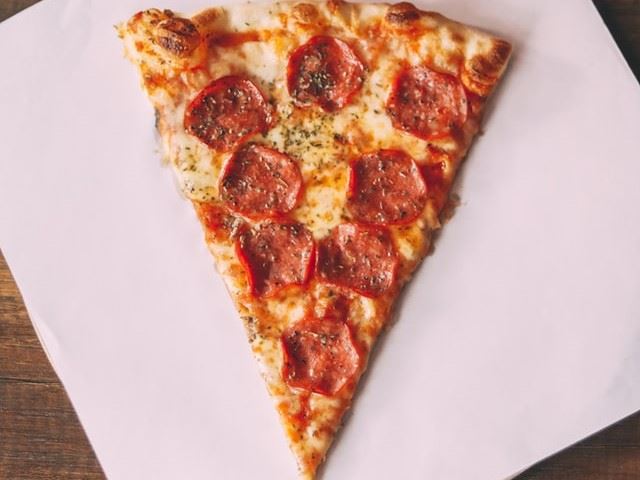
Common post-workout meal options
- Grilled chicken, rice, and vegetables.
- Egg omelet served with avocado spread on toast with whole grain.
- Salmon and sweet potato.
- Tuna salad sandwich served on whole grain bread.
- Crackers and tuna.
- Oatmeal and whey protein.
- Banana and almonds.
- Cottage cheese and fruits.
Can we eat pizza as a post-workout meal?
There’s a good chance that you’re likely to not be making your healthy pizza recipes following an exercise, since it could take a long time. If you’re looking for pizza to satisfy your cravings for a fast fix, you could be throwing a frozen pizza in the oven or placing an order for one to be delivered. This is particularly true if you think pizza could be the ideal junk food option for bulking up.
Furthermore, even though the calories come from refined white flour processed meats, and cheese can be extremely full (which makes pizza an ideal to eat after working out) however, most of them can be considered unneeded calories and lack nutritional value. There is a possibility that you can get your carbohydrate and protein intake from pizza following workouts however, you’re not getting enough nutrients, minerals, and healthy fats that your body requires for optimal health.
Pizza is a great choice as a post-workout food because it happens to contain the ideal combination of carbs and protein. And YES, it’s possible to consume pizza when you’re trying to shed some weight. It is all about the ingredients. A perfect manipulation of the pizza ingredients is the key and this is discussed in the next section.
How to get the best of pizza?
Although many frozen pizzas and pizzas sold by chain restaurants are with some concerns, it does not mean that you have to eliminate pizza from your diet. There are ways to use a pizza in your favor. Pizza can be a great food to bulk up and can be modified to improve your health. These are the best pieces of advice to do so:
- Do it yourself. The best method to enjoy pizza is to prepare it at home, rather than ordering a low-calorie pizza, with additional toppings. There is a good chance that it’s unhealthy as it was before. Making your healthy version at home will guarantee that the finest ingredients go into the creation of your recipe. Try these examples Post-Workout Pizza
- Avoid toppings made from highly processed meats as they’re packed with all kinds of unhealthy fats and frequently contain nitrates that have been associated with the increased likelihood of certain cancers. Instead, add small, lean chicken breast pieces to give you more protein.
- Reduce the amount of cheese: Although pizza is permitted cheese is not!! But what is pizza without cheese? The goal is to use cheese with low fat in small portions. Be sure to only use the right quantity of cheese. If dining out, inform the restaurant that you want to add less cheese.
- Get rid of your refined flour base: refined flour won’t be of any use even after a hard workout. Therefore, replace it with a base that is made from whole wheat. It won’t spike your blood sugar levels suddenly and also make you feel fuller for longer.
- Eat a lot of vegetables: All veggies are delicious and taste even better when served on pizza. Let your creativity flow and fill your pizza with the fresh and healthy vegetables you have in your fridge. Onions capsicum, tomatoes, tomatoes, and many more. All are healthy and full of different types of nutrients.
- Be mindful of your portion sizes: Only 2-3 slices of pizza that is low in cheese is considered to be healthy following exercising. Anything more than that is considered cheating!! Make sure to not do anything else.
Conclusion
You can have pizza, even if you’re on a diet! But, the most appropriate time to eat pizza is as a post-workout snack.
The main benefit that you will appreciate is the fact that pizza is great for after-workout bulking.
The most effective way to balance between what you enjoy eating and a healthy lifestyle is to cook homemade pizzas. You can regulate the amount of carbohydrates and protein that you require after exercising. The major issue with pizzas delivered or frozen is the lack of important nutrients.
=============

